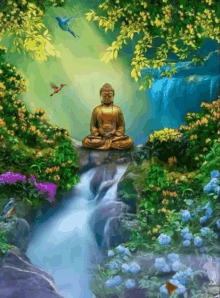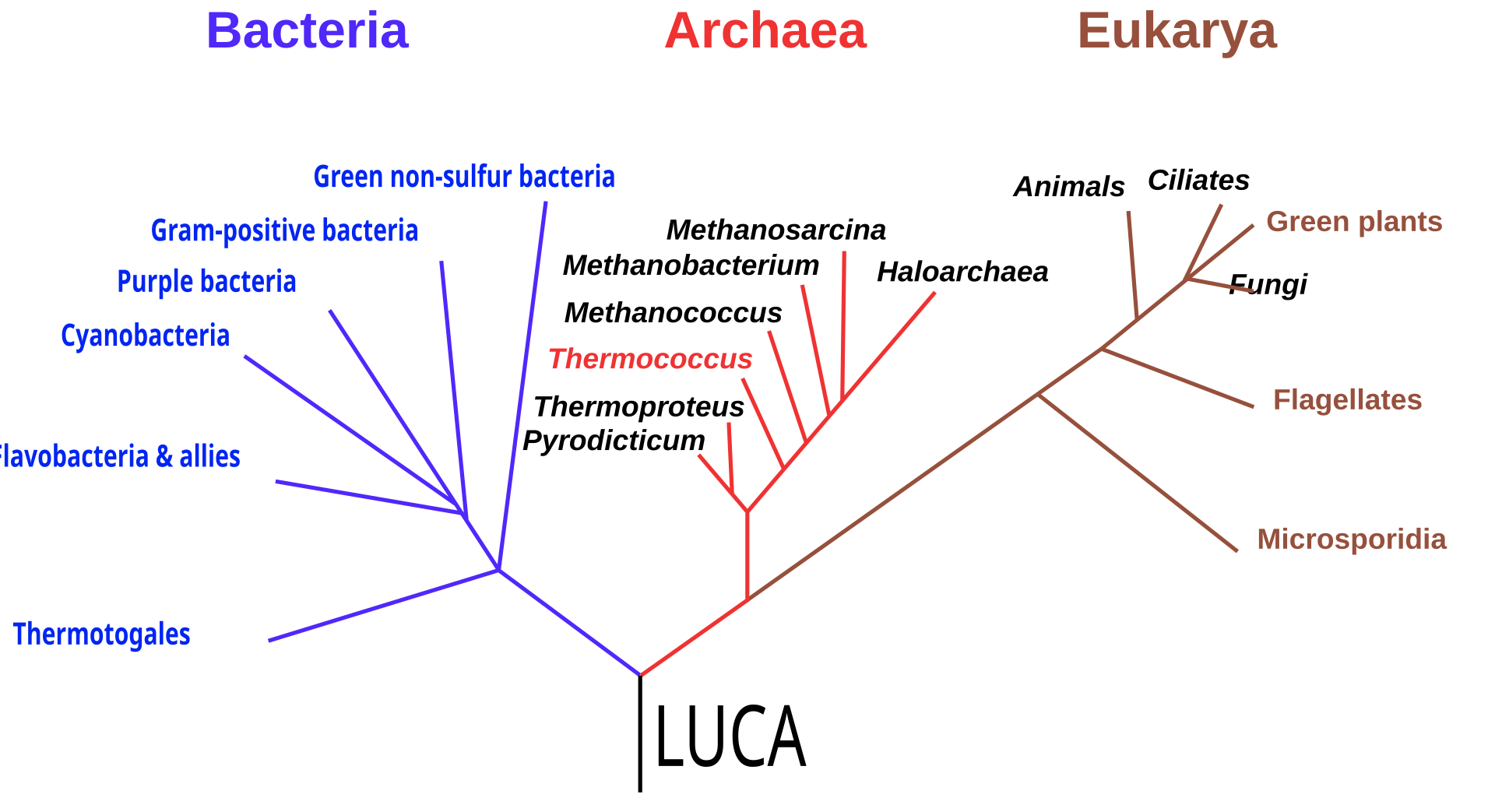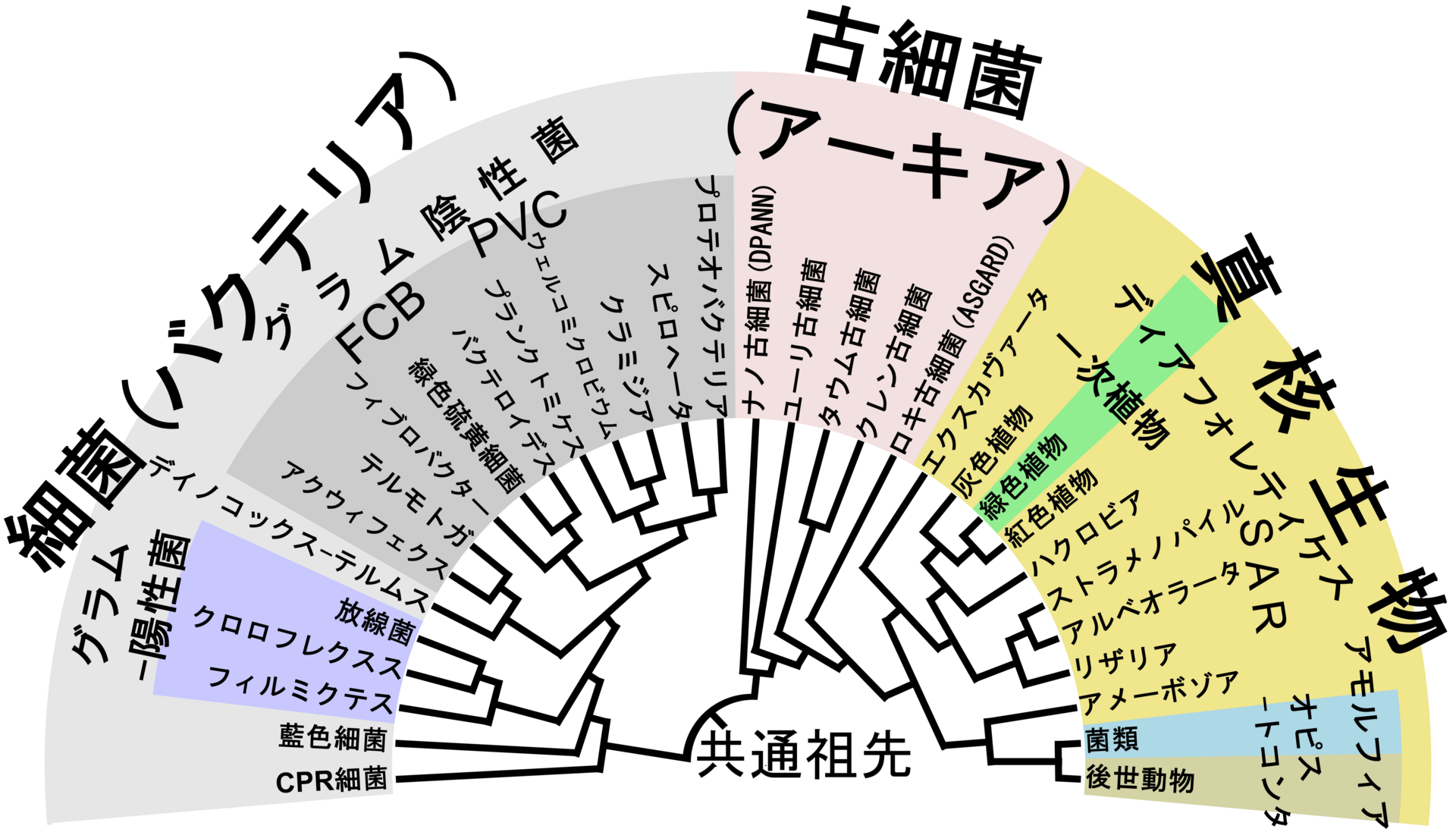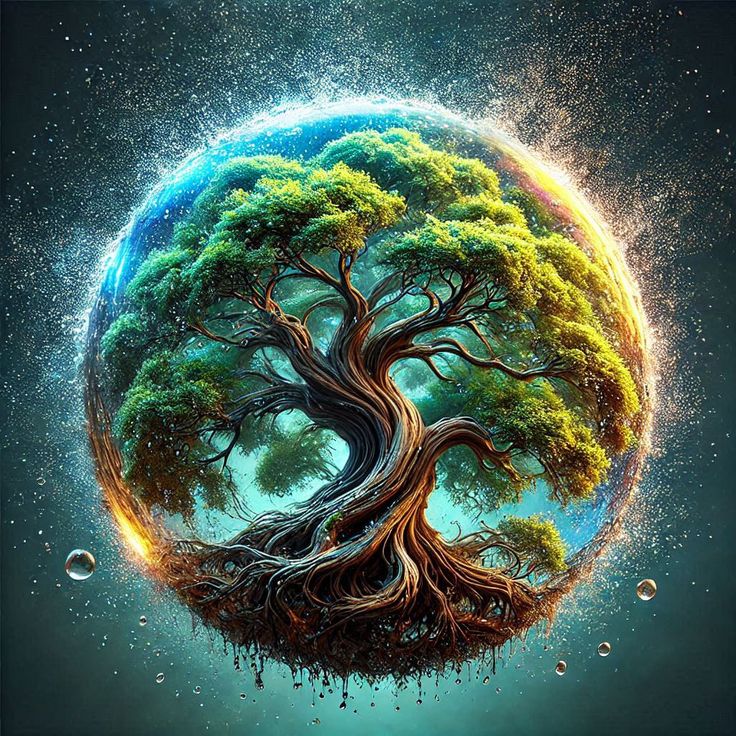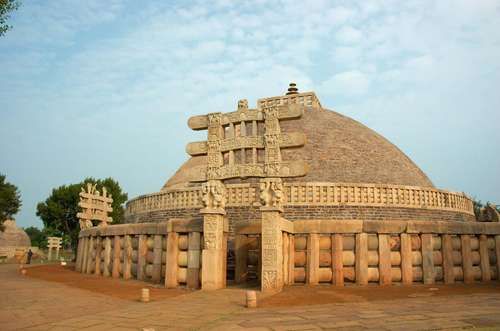Good morning!
We become happy like celestial beings and may become unhappy like hell beings next moment. So, we become something and become anything next moment. This is called samsara, constant flow from moment to moment.
Dictators and cohort may become fighting devils, physically killing, stealing, lying, raping, etc. Then, they are inhumane or inhuman person – devils in human persona (mask). Anyone can become hungry ghost, et al.
We shift through the six paths/destinies of celestial beings, human beings, animal beings, fighting devils, hungry ghosts, and hell beings. Buddhas and bodhisattvas go beyond six-path samsara and suffering of birth and death.
Anyone can become bodhisattva, awakening being, and buddha, awakened, by still sitting, stilling karma, settling in nirvana, seeing the Dharma of all dharmas, serving and saving all, appreciating amṛta, ambrosia, immortality.
Even though anyone can attain nirvana, one can fall into samsara, as all are impermanent and karma is strong, stored in the body and mind. That is why we must practice constantly – even the Buddha practiced every day.
Thank you!
おはようございます!
私たちは、天人のように幸せになることもあれば、次の瞬間には地獄のように不幸になることもあります。つまり、私たちは何かになり、次の瞬間にはまた別の何かになるのです。これを「輪廻(サンサーラ)」といい、刻々の絶え間ない流れを指します。
独裁者やその仲間たちは、「修羅(闘争の鬼)」となり、物理的に殺し、奪い、嘘をつき、暴行をはたらくことがあります。そのとき彼らは「非人間的」存在、つまり「人非人(人間の姿をした悪魔)」なのです。誰もが、飢えた亡者などに堕ちうるのです。
私たちは、**六道(天・人・畜生・修羅・餓鬼・地獄)**の間を常に移り変わっています。しかし、仏や菩薩たちはこの六道の輪廻と生死の苦しみを超越しているのです。
誰もが、菩薩(目覚めを目指す者)となり、仏(目覚めた者)となることができます。静かに坐り、業を静め、涅槃に落ち着き、一切法(現象)の法(真理)を見て、
すべてを支え、すべてを救い、不死の甘露(アムリタ)に感謝する生き方を実践することで。
たとえ誰でも涅槃に到達できるとはいえ、無常であり、業が強く、身と心に蓄積されているため、再び輪廻に落ちることもあります。だからこそ、私たちは絶えず修行しなければなりません――仏でさえ、毎日修行を続けていたのです。
有難うございます!
.
.
.

.
.
.

.
.
.
.
.
.

